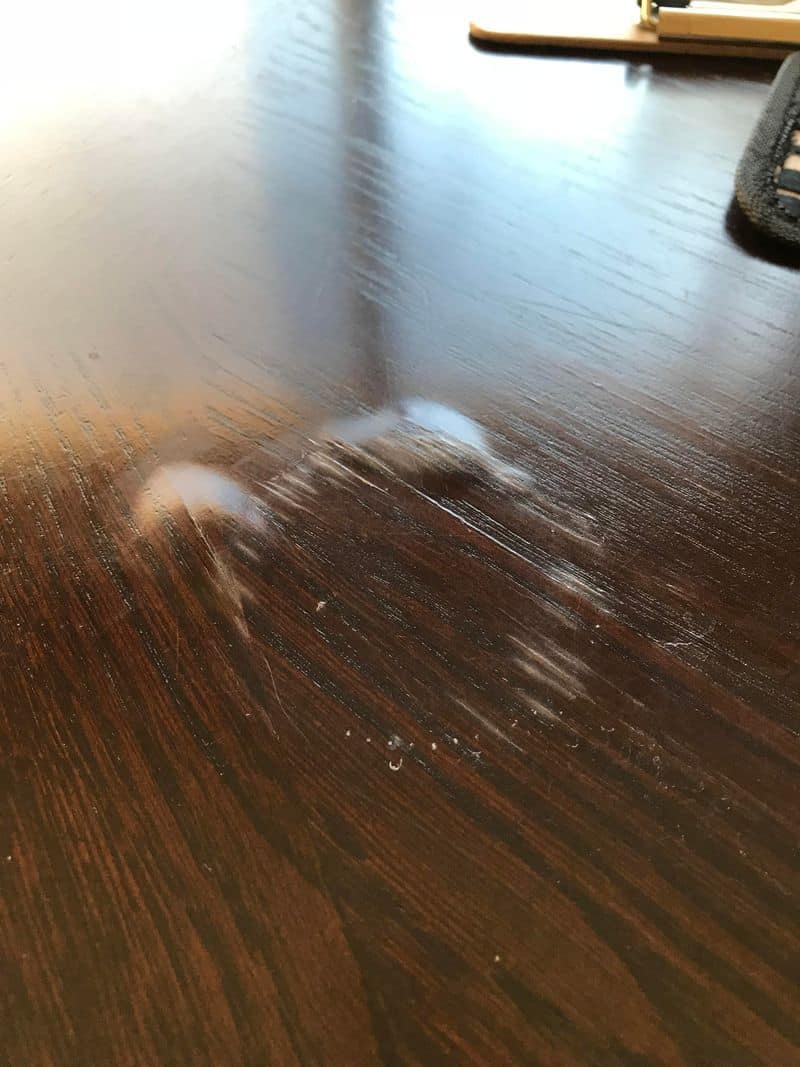Shopping secondhand can be a treasure hunt, but like any good adventure, there are pitfalls to avoid. H
Here are 6 red flags that savvy shoppers should watch for when navigating thrift stores, flea markets, or online marketplaces.
Each sign serves as a reminder to trust your instincts and inspect purchases carefully.
1. Bubbling or Warped Wood Surfaces
When examining wooden furniture, keep an eye out for surfaces that resemble a bubbling cauldron. Warped wood signals hidden moisture damage, which is a red flag for future deformation.
In the world of secondhand shopping, this is like buying a ticket to a horror show without the popcorn.
Take a moment to run your hand over the surface to feel for irregularities. If it feels like navigating the rocky road of your ex’s excuses, walk away.
Your home deserves furniture that doesn’t resemble a soggy cereal box after a flood.
2. Sagging Cushions
A cushion that sinks like a deflated souffle is not the comfy cloud you’re searching for. Sagging cushions can signal lost support, similar to those relationships you outgrow.
If the furniture looks more like a mashed potato than a welcoming sofa, you might want to keep looking. A quick sit test should reveal if it still has life left.
Imagine collapsing into it after a long day; if your imagination strains more than the cushion, it’s a no-go. It’s vital to find seating that boosts, not bamboozles.
3. Dark Stains or Bite Marks In Upholstery
Mysterious spots and nibbles on upholstery are the tales of adventure gone wrong. They might tell stories of pets gone wild or parties that got too out of hand.
Stains and bite marks aren’t just unsightly; they can be a health hazard, harboring germs or pests. Let’s face it, you don’t need unknown histories unfolding in your living room.
Get up close and personal with the suspect fabric. If it resembles a crime scene more than a cozy nook, it’s wise to pass. Seek pieces that speak of comfort, not chaos.
4. Absent Price Tags
An item without a price tag is like a mystery novel without an ending—frustrating and suspicious. This tactic can be a ploy to gauge your interest or, worse, your wallet’s capacity.
When you stumble upon a tagless treasure, approach with caution. It’s a good excuse to practice your negotiation skills, but be wary of inflated prices.
A lack of pricing transparency might also indicate uncertainty about the item’s worth. Always inquire, and if the answer feels more elusive than a magician’s trick, it’s better to move on.
5. Lack of Documentation
Buying electronics without documentation is like skydiving without a parachute—not recommended. Manuals and warranties offer insights into the product’s care and lifespan.
If the seller seems dodgy about providing paperwork, it might suggest something fishy. Make sure to ask about the gadget’s history; you don’t want a device that crashes as often as your uncle’s Wi-Fi.
Proper documentation ensures you’re not bringing home a tech mystery that could unravel at any moment. Ensure your purchase is backed by more than just a hopeful promise.
6. Claiming It’s Not Possible to View the Item Before Buying
If a seller insists that you can’t see the item before buying, it’s a red flag bigger than a matador’s cape. This insistence screams of deception or an item in less-than-advertised condition.
Transparency is key in online shopping. Sellers with nothing to hide usually welcome inspections or detailed photos.
Avoid transactions that feel like buying a pig in a poke. Ask for video calls or recent images, and if the seller dodges or makes excuses, it’s wise to find another source. Trustworthy sellers value customer trust over secrecy.







